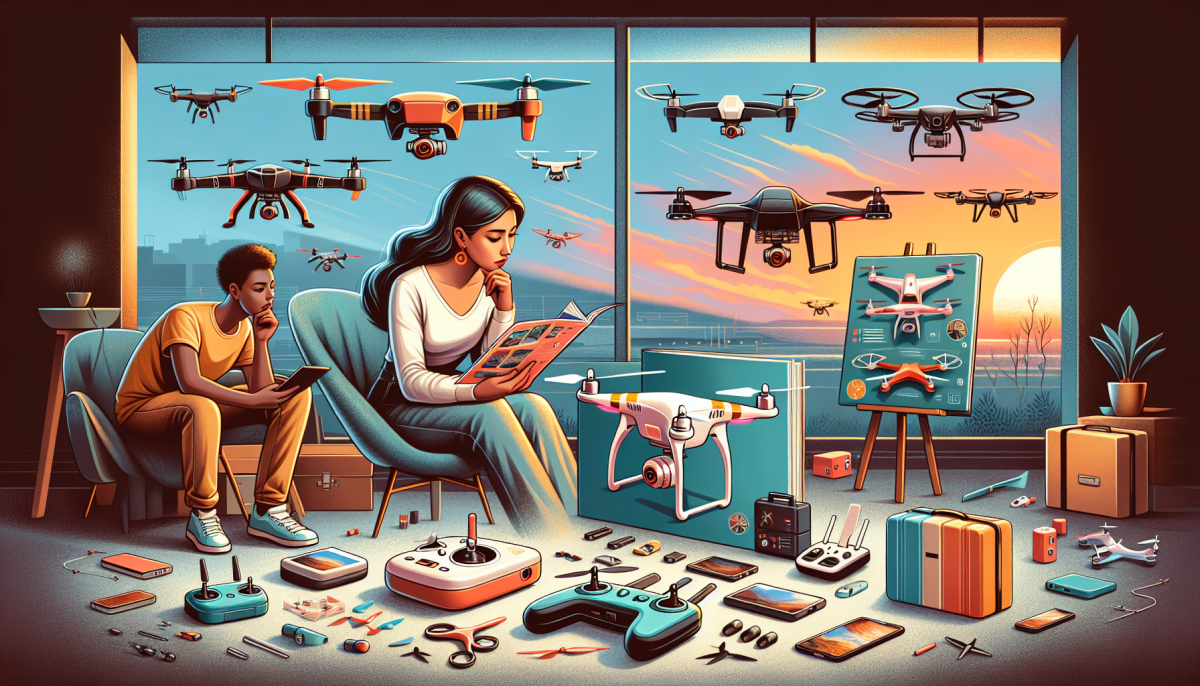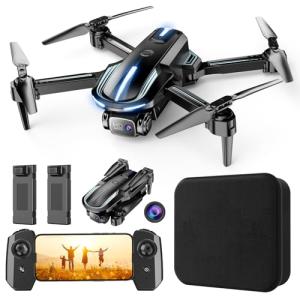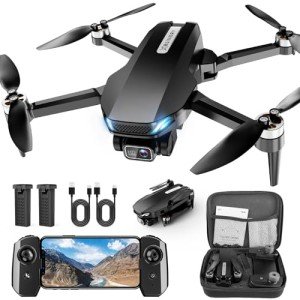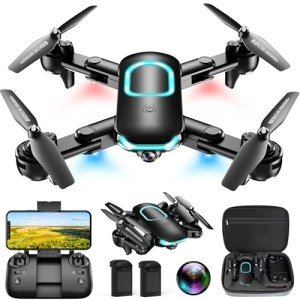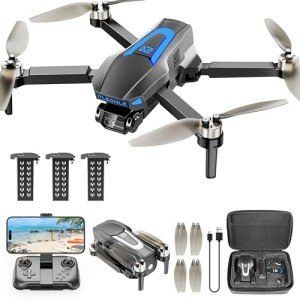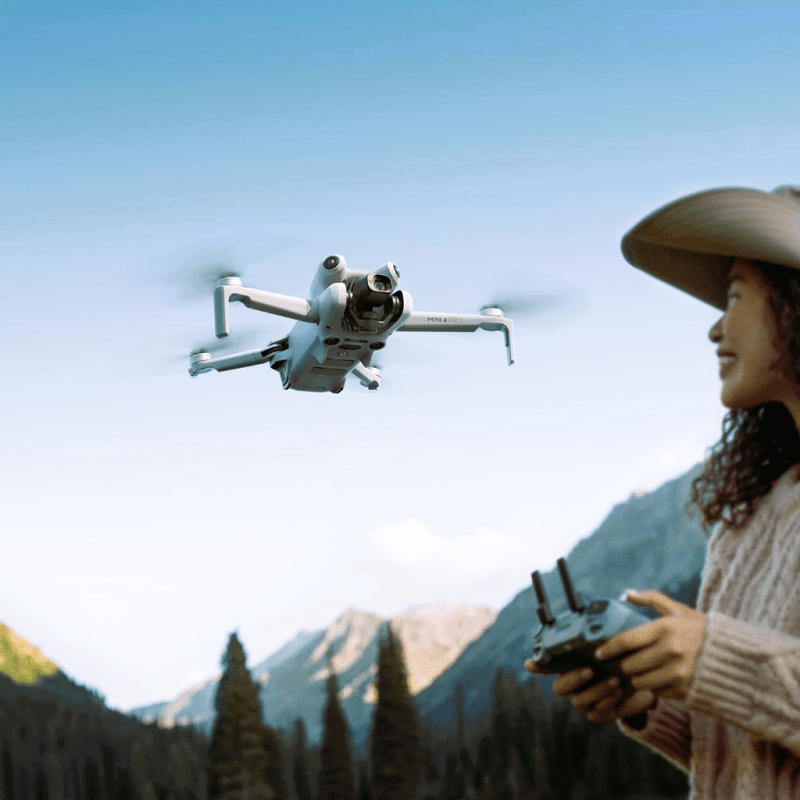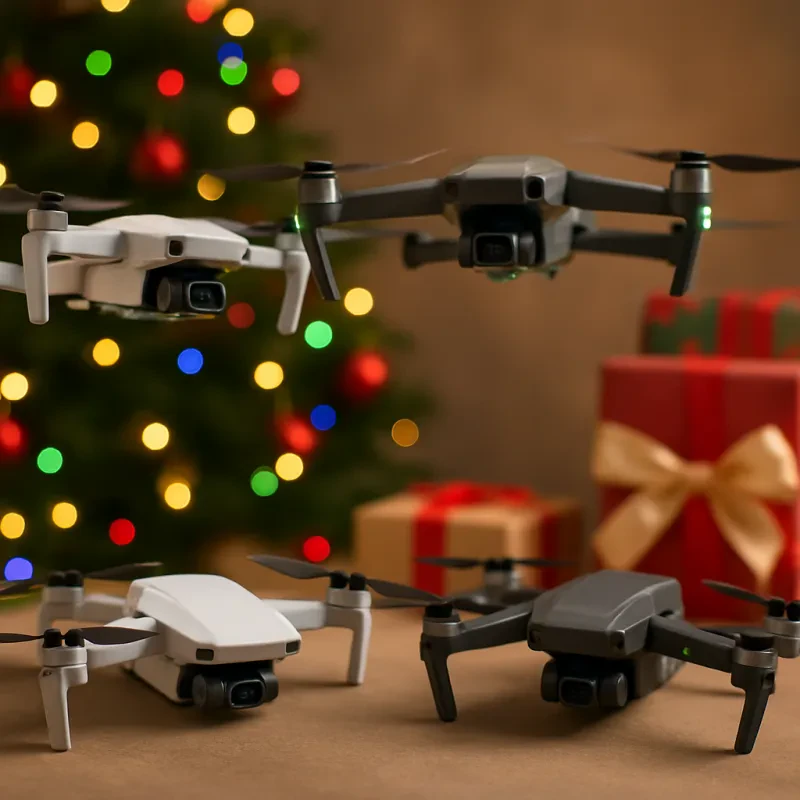With the rise in popularity of drones, finding the perfect one to suit your needs can be overwhelming. Whether you are a passionate photographer, an aspiring filmmaker, or just looking to explore aerial views, considering these key factors will help you make an informed decision:
1. Purpose and Use
Identifying the main purpose for your drone is essential. Are you planning to use it for recreational purposes, such as capturing stunning aerial photographs, or are you looking to use it more professionally for videography or inspections? Understanding your purpose will help you determine the specific features and capabilities to look for in a drone.
2. Skill Level
Consider your skill level and experience with drones. If you are a beginner, opting for a user-friendly model with built-in stabilization features and GPS assistance is recommended. On the other hand, if you have prior experience, you may want a more advanced drone that offers greater control and customization options.
3. Flight Time and Range
Flight time refers to how long a drone can stay airborne before its battery depletes. Generally, drones offer flight times ranging from 10 to 30 minutes. Depending on your needs, you will have to decide on an appropriate flight time. Additionally, consider the range, which is the distance a drone can fly away from its controller. Assessing the maximum range will ensure your drone can cover the areas you intend to explore.
4. Camera Specifications
If aerial photography or videography is your primary focus, camera specifications become crucial. Look into aspects such as resolution, frame rate, and image stabilization capabilities. Higher resolution and frame rates will provide better quality footage, while image stabilization helps eliminate blurriness caused by drone movements.
5. Budget
Lastly, consider your budget. Drones come in a wide price range, and determining your spending limit will help narrow down your options. While it is tempting to go for the most feature-packed drone, striking a balance between your requirements and budget is essential.
Understanding Drone Specifications: What You Need to Know
When purchasing your first drone, it's crucial to have a good understanding of the drone's specifications. These specifications determine the drone's capabilities and will help you select the one that best fits your needs and preferences. Let's take a closer look at some key specifications you should pay attention to:
1. Flight Time
Flight time refers to the duration a drone can stay airborne on a single charge. This specification is vital, especially if you plan to capture aerial footage or engage in longer flights. Keep in mind that flight times can vary greatly, ranging from as low as 10 minutes to over 30 minutes for advanced drones.
2. Camera Quality
If you're interested in using your drone for photography or videography, camera quality is of utmost importance. Look for drones with high-resolution cameras, preferably capable of shooting in 4K. Some drones even come with stabilizers to capture smooth and professional-grade footage.
3. Maximum Range
The maximum range specifies the maximum distance the drone can travel away from the remote controller. This specification is vital to consider if you plan to fly in vast open spaces or want to explore larger areas. Be sure to choose a drone with a range suitable for your intended usage.
4. Skill Level
Some drones are specifically designed for beginners, while others are better suited for advanced users. Manufacturers often specify the skill level required to operate the drone effectively. It's crucial to choose a drone that aligns with your skill level to avoid frustration or accidents.
Navigating Drone Regulations: Legalities Every Beginner Should Understand
Drones have become increasingly popular in recent years, offering enthusiasts and professionals an exciting new way to capture stunning aerial footage. However, before taking flight, it is crucial to familiarize yourself with the various regulations and legalities surrounding drone operation. Understanding these rules will not only ensure your safety but also prevent potential fines or legal consequences. Here are some key aspects every beginner should consider:
1. Registration Requirements
In many countries, drones over a certain weight need to be registered with aviation authorities. Before purchasing your first drone, research your local regulations to determine if registration is necessary. Failure to comply with registration requirements can result in hefty fines or even criminal charges.
2. Flight Restrictions
Drone flights are subject to certain restrictions, such as altitude limits, no-fly zones, and avoiding sensitive areas like airports or military installations. Understanding these limitations is vital for responsible drone operation. Familiarize yourself with the designated airspace for recreational drone use in your region to ensure you comply with all flight restrictions.
3. Privacy and Data Protection
Respecting privacy is crucial when operating a drone. Avoid recording or invading the privacy of others without their consent. Furthermore, be mindful of data protection regulations if your drone is equipped with recording capabilities. Ensure that you are aware of the laws surrounding the collection and use of personal data, as violating these regulations can have severe consequences.
4. Commercial Use Guidelines
If you plan to use your drone for commercial purposes, additional regulations often apply. Commercial usage typically involves obtaining proper licenses or certifications, following stricter flight procedures, and understanding the legal obligations tied to commercial drone operations. Make sure to thoroughly research and comply with all necessary requirements to avoid any legal complications.
Mastering Drone Flight: Tips for Safe and Successful Flying
Flying a drone can be an exciting and rewarding experience. However, it's important to approach drone flight with caution and prioritize safety. Whether you're a beginner or an experienced pilot, here are some essential considerations to keep in mind for safe and successful drone flying.
1. Know and Follow the Rules: Before taking your drone to the skies, familiarize yourself with the local laws and regulations regarding drone flight in your area. Be aware of any restrictions on flying near airports, public spaces, or residential areas. Additionally, ensure you understand the maximum altitude and distance limits set by the regulatory authorities.
2. Choose the Right Flying Location: Selecting an appropriate location is crucial for safe drone flight. Avoid crowded areas or places with obstacles that could interfere with your drone's flight path. Look for open spaces, parks, or designated drone flying locations where you have ample room to maneuver without endangering people or property.
3. Practice Proper Pre-flight Checks: Before each flight, perform a thorough inspection of your drone to ensure it's in optimal condition. Verify that the propellers are securely attached and undamaged, the battery is fully charged, and the camera is clean. Additionally, check for any firmware or software updates for your drone and controller to ensure they are up to date.
